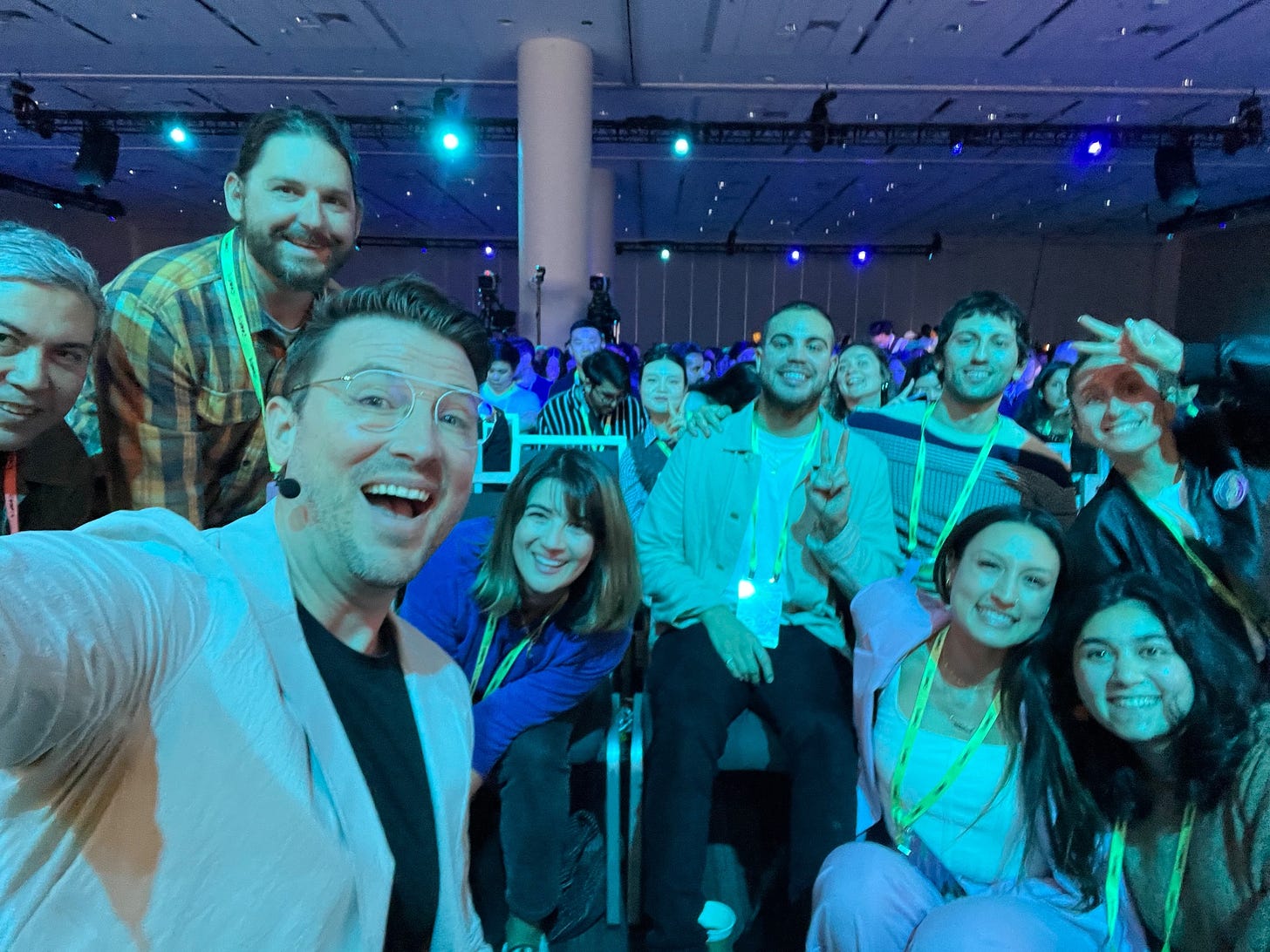How Uber design products (and why)
The story and playbook behind Uber's design for 130 million riders worldwide
👋 Hello! Welcome to this week’s ADPList’s Newsletter; 🔒 subscriber-only edition 🔒weekly advice column. Each Tuesday, we tackle design, building products, and accelerating careers. We’re looking for sponsors! If you’re interested in sponsoring our newsletter, let’s chat.
This week, we’re going to share exclusive insight on Uber.
Great companies can teach us a lot as product builders (designers, PMs, or builders).
Ethan Eismann and I connected first when Slack partnered with ADPList — still our most valued partner today. I found Ethan to be the most thoughtful, intentional, and principled design leader I’ve met. Ethan is currently the SVP of Design at Slack, previously Airbnb and Uber. We’ve had several conversations about his time at Airbnb and Uber; they were all-powerful. Below, Ethan has agreed to share his hard-won design lessons from Uber on designing for a global product at scale.
For more from Ethan, follow him on Twitter/X.
Imagine designing for citizens in 450+ cities and on 6 continents
In just 6 years, Uber has become integral to the way people in cities around the world get from where they are to where they want to be. I’ve been here for a little over a year, and one of the biggest challenges — and also one of the most gratifying parts of my job — is helping to design a service that works for so many different people in so many different places. With over 50 million monthly riders worldwide and over 1.5 million active drivers, scaling the Uber experience is central to everything we do.
To help you understand how we do this, I’ve written three pieces: the first tackles what it means to design for cities and their citizens. Through it, I’ll answer the question of how we create and maintain a global product that feels local and usable in 400+ cities across the world
Designing Beyond the Screen
Take a moment and think about your last transportation experience. Were you in a car, on the bus, riding the train, or taking a subway? Did you walk, bike, or skateboard? How many people did you come into contact with? How did you experience your surroundings? What was the weather like? Was that trip stressful? How much did it cost?
Now think of the last time you visited a different city or country. How were your transportation experiences different from back home?
Travel can be easy or hard, comfortable or confusing. And that’s because regardless of the way you travel or where you do it, the way you feel when you travel — your experience of it — is always inherently physical, cultural, and emotional. It’s contextual and complex.
Our goal at Uber is to interact with this complexity to facilitate worldwide transportation experiences reliably and well. We want to save people time and money, offer them a sense of calm, and, ideally, evoke a sense of joy. To accomplish this, we must think — and design — far beyond the screen.
Designing in Five Dimensions
We think of our design skills in five dimensions. Our designers are psychologists; we develop deep empathy for our users and try to see the world through their eyes. We are ethnographers, researching cultures across the world. We are scientists, working with data sets to derive insights that help inform our user experience. We are entrepreneurs, utilizing our understanding of people and markets to set strategy. And we are craftspeople, guided by aesthetics to build beautiful and usable experiences.
We leverage all of these skills to design scalable products that meet the needs of our users in cultures across the world. Our rider and driver apps are designed with both usability and customizability at their core. This ensures that while the fundamental experience of Uber is reliable everywhere, it is flexible enough to adjust and adapt in ways that celebrate the uniqueness of every city and the needs of its citizens.
A few examples:
Designing for Citizens
Cash payments in India
When our design team turned their attention to India early last year, it quickly became clear that we weren’t meeting all riders’ needs. With the country’s relatively low penetration by credit cards and other digital payment methods, Uber riders in India wanted to pay with cash. Our team reimagined the Uber experience to allow riders to use cash, and it was incredibly successful. Within a couple of months, cash payments spread across India and throughout the world to other cash-heavy markets. Now cash is available in many other emerging markets, too.
Uber for deaf or hard-of-hearing
We also design for universal usability, creating unique solutions to ensure that Uber is accessible to everyone, everywhere. For example, we wanted to ensure that Uber could be used by people who are Deaf or Hard of Hearing. On the rider app, we added an extra prompt to let riders know their driver may be Deaf or Hard of Hearing. We also turned off the calling feature and encouraged riders to communicate via text if they needed to give special instructions for pickup. On the driver app, we added a flashing light to the trip request screen to help draw attention to trip requests that otherwise might have been missed without sound. We first launched these changes in four American cities in August 2015. Today, the program is live in over 300 cities and is used by thousands of Uber drivers worldwide.
Designing for Cities
UberPOOL in NYC






